EMS Airway Articles
Follow the latest articles, clinical reviews, case studies, and experts on EMS Airway.
Subscribe to get email alerts as new content is posted.
Articles

Friday Night Lights: Shift 18 – Money Meetings Don’t Always Pay Well!
Sudden tongue swelling from ACE inhibitors? Discover EMS strategies for airway emergencies and why epinephrine isn’t the answer.
Select Article Type
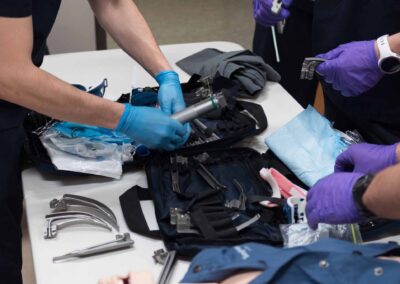
Airway success isn’t about complexity, it’s about appropriateness. Here’s why EMS must rethink intubation culture.

From dispatch to diagnosis, see how EMS providers manage carbon monoxide poisoning and protect patient safety.
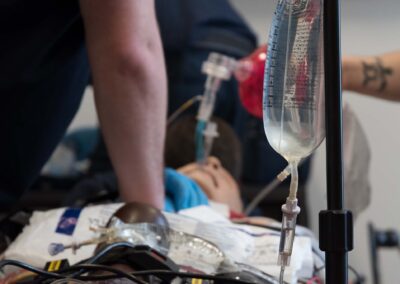
Learn why airway strategies in cardiac arrest are stalled and how evidence supports better outcomes with ETI or SGA.
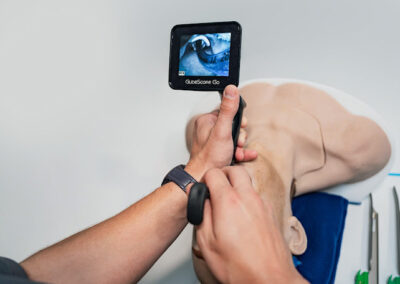
EMS airway success improves with hyperangulated blades for faster intubation and better patient outcomes.

Prehospital airway success requires optimizing ventilation, oxygenation, and perfusion before intubation to prevent hypoxia and cardiac arrest.
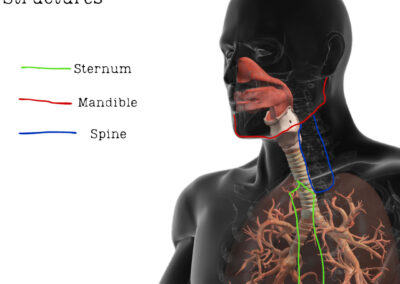
Tracheal injuries are rare but lethal events that require rapid recognition and advanced airway management to prevent fatal outcomes.
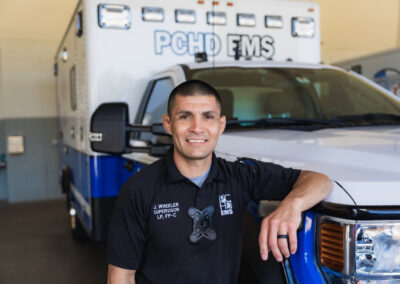
A retrospective analysis of 242 advanced airway cases by Parker County Hospital District EMS showed a first-pass success rate of 96.3%.

A man heating plastic in a shed developed cyanide poisoning, causing low heart rate, low blood pressure and mental status changes.

Learn how to recognize and manage airway emergencies in burn and inhalation injury patients. Early action can prevent airway disaster.
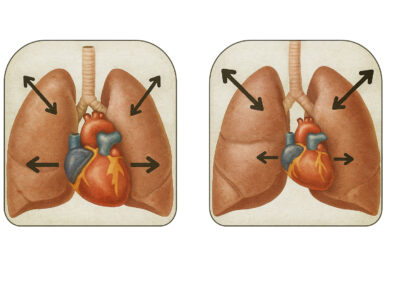
In the evolving landscape of prehospital care, precision in airway management is no longer optional—it’s essential.
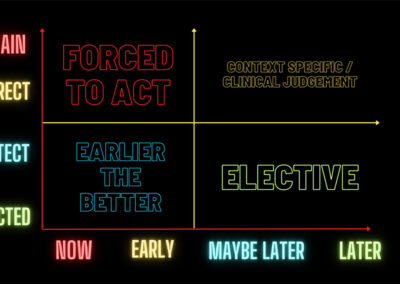
Context and clinical judgment are the keys to successful emergency airway management.

It’s an airway call you never forget. Croup, stridor and the calm approach that makes the difference.
JEMS Now Newsletter
Subscribe to JEMS and get the latest insights and information about the world of Emergency Medical Services directly to your inbox including the latest news, features and educational content on prehospital airway management.
